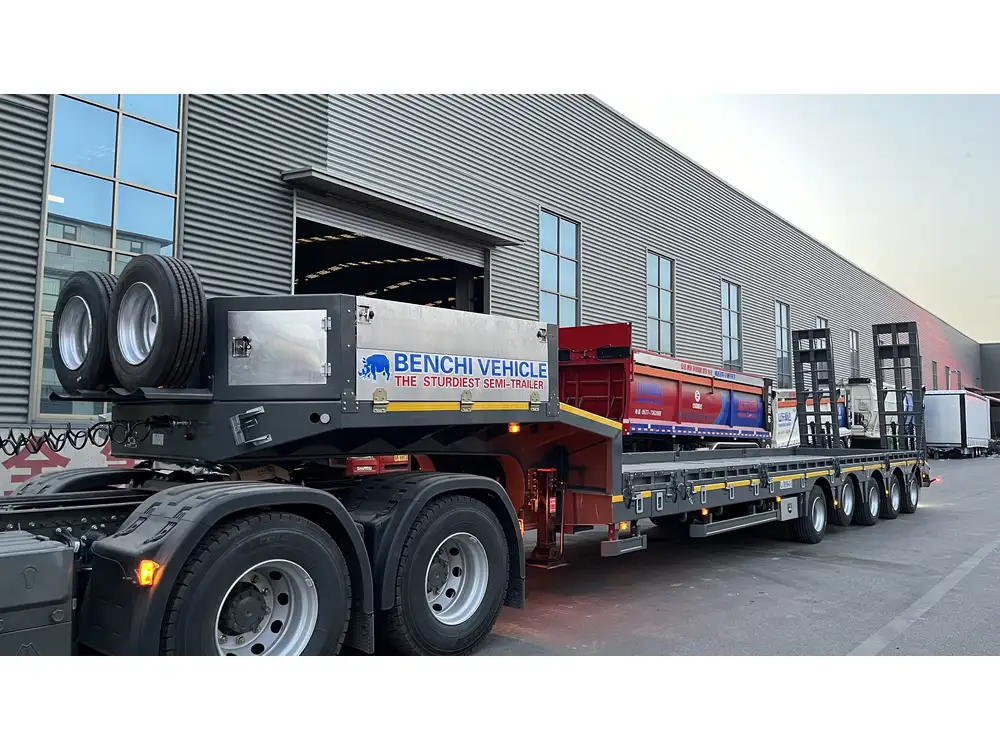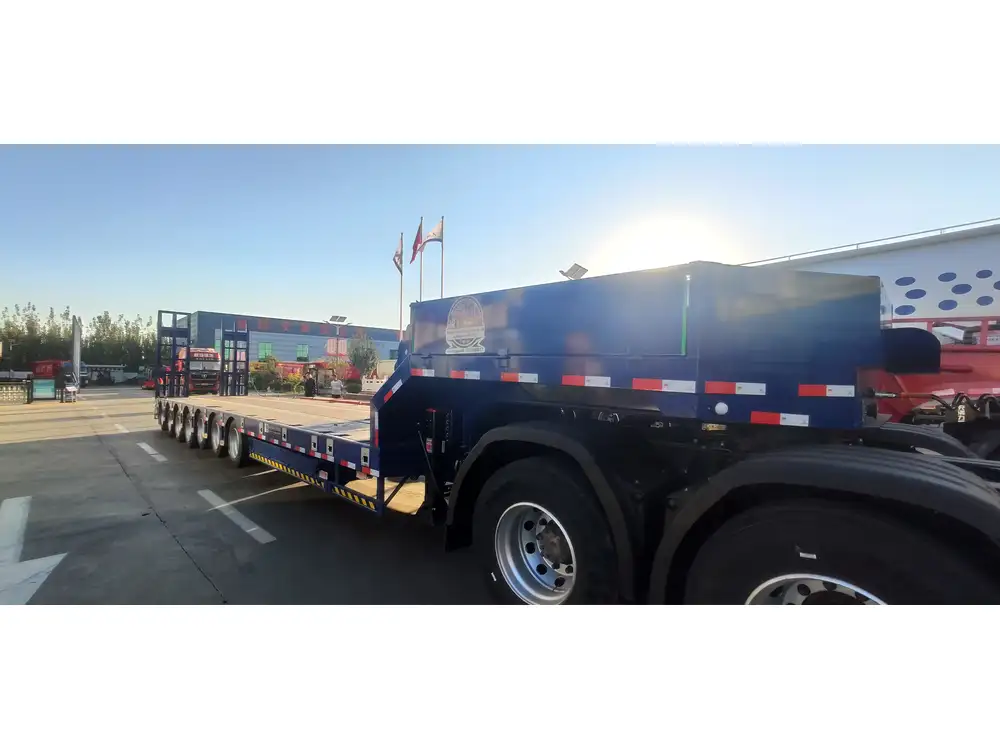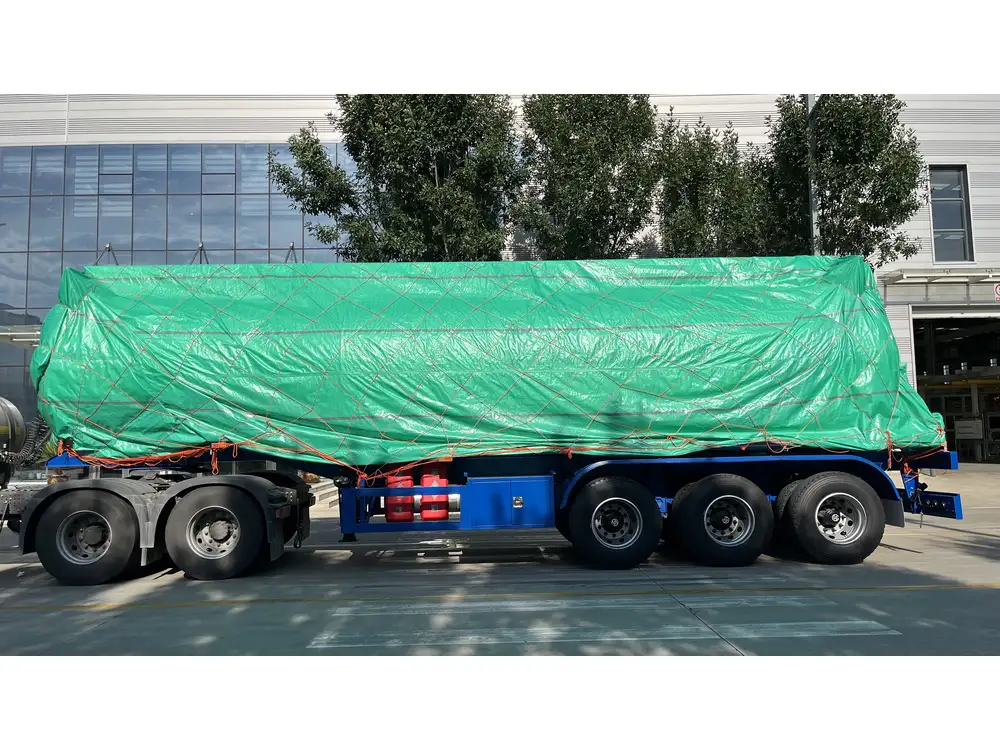Transport logistics form the backbone of many industries, and the ability to efficiently hook and unhook semi-trailers is pivotal for optimizing the supply chain. The intricate dance of connecting and disconnecting hauling units is not merely a matter of practicality; it involves safety protocols, mechanical understanding, and adherence to industry standards. This guide aims to equip you with detailed, step-by-step instructions and insights into the process, helping ensure seamless operations in your hauling endeavors.
Understanding the Mechanics of a Semi-Trailer
1.1 The Components of a Semi-Trailer System
Before diving into the hooking and unhooking procedures, it’s vital to understand the fundamental components of a semi-trailer setup:
| Component | Description |
|---|---|
| Fifth Wheel | The pivot point where the tractor connects with the trailer. |
| Kingpin | The metal pin at the front of the semi-trailer that fits into the fifth wheel. |
| Landing Gear | The adjustable legs at the rear of the trailer for stability when unhooked. |
| Brake Line | Pneumatic lines connecting the tractor and trailer’s braking system. |
| Electrical Connection | This allows for lights and signals to function on the trailer. |

1.2 Safety Precautions
Safety must always be the foremost consideration when engaging or disengaging a semi-trailer. Adhering to safety protocols can prevent accidents and ensure optimal performance. Here are some critical precautions:
- Always conduct a pre-trip inspection, focusing on the condition of the trailer, the fifth wheel, and connection points.
- Wear appropriate personal protective equipment (PPE), including gloves and safety boots.
- Ensure the vehicle is on a level surface before attempting to hook or unhook.
- Use wheel chocks when unhooking the trailer to prevent unwanted movement.
Step-by-Step Guide to Hooking a Semi-Trailer
2.1 Preparing for the Hook
Before the actual hooking process begins, preparation is key:
- Positioning the Tractor: Drive the tractor to align with the semi-trailer at a slow, controlled pace. Aim to reach the trailer’s kingpin.
- Checking for Signals: Ensure effective communication with a dock worker or crew member when backing up to the trailer.

2.2 The Hooking Process
- Align the Fifth Wheel: Position the tractor so that the fifth wheel is directly beneath the trailer’s kingpin.
- Engage the Fifth Wheel Lock: Slowly drive the tractor forward until the kingpin enters the fifth wheel. Listen for the audible “click” indicating successful engagement.
- Check the Connections:
- Fifth Wheel Lock: Visually verify the lock mechanism is fully engaged.
- Pneumatic Lines: Connect the trailer’s air lines to ensure brake functionality.
- Electrical Connections: Plug in the trailer’s electrical cable for light and signal operation.
2.3 Final Checks
Before delegating your journey, conduct a series of inspections:
- Visual Inspection: Confirm that the trailer is securely attached to the tractor.
- Brake Test: Conduct a brake test by engaging the trailer brakes to ensure air supply is functional.
- Turn Signals & Lights: Check that all lights are operational and turn signals function correctly to ensure visibility on the road.
Step-by-Step Guide to Unhooking a Semi-Trailer

3.1 Preparing for the Unhook
Preparation for unhooking is equally essential as with the hooking process:
- Positioning: Park the tractor and trailer on level ground to avoid accidental rolling.
- Set the Parking Brake: Engage the tractor’s parking brake to prevent movement.
3.2 The Unhooking Process
- Disconnect Electrical Connections: Safely unplug the electrical cable connecting the tractor and trailer.
- Air Lines: Remove the trailer air lines carefully, ensuring no residual air pressure releases unexpectedly.
- Lower the Landing Gear: Crank down the landing gear until it firmly rests on the ground, providing stability for the trailer.
- Release the Fifth Wheel Lock: Pull the release handle on the fifth wheel while simultaneously reversing the tractor slowly. Ensure that the tractor moves away smoothly without jerking.
3.3 Post-Unhook Procedures
- Final Inspection: Conduct a thorough check to ensure all connections are appropriately disconnected.
- Chocking the Wheels: Always use wheel chocks on the trailer wheels for added safety when parked.
- Documentation: Complete any required logbook entries regarding trailer utilization, maintenance inspections, and defects observed.

Frequently Asked Questions (FAQs)
4.1 What are Common Problems Encountered When Hooking or Unhooking?
Common Issues include:
- Misalignment between the tractor and trailer.
- Failure of the fifth wheel to lock properly.
- Air leaks found in the pneumatic systems.
- Electrical malfunctions in lights and indicators.
4.2 How Often Should Semi-Trailers Be Inspected?
Regular inspections are vital. It is recommended that thorough checks are conducted:
- Before each trip.
- Weekly for fleet operations.
- Monthly for preventive maintenance.

4.3 Are There Specific Guidelines for Trailer Maintenance?
Yes, following manufacturer guidelines for maintenance schedules is crucial. Regularly inspect:
- Brakes: Functionality and wear levels.
- Tires: Pressure and tread depth.
- Coupling Mechanism: For wear and tear.
- Lighting Systems: Ensure visibility and safety.
Advantages of Proper Hooking and Unhooking Techniques
Utilizing correct procedures for hooking and unhooking carries significant advantages:
- Enhanced Safety: Prevents accidents related to improper connections.
- Improved Efficiency: Reduces downtime during loading and unloading processes.
- Extended Equipment Lifespan: Proper handling minimizes wear on coupling components.
- Regulatory Compliance: Adherence to safety standards ensures compliance with transport regulations.
Conclusion
In summary, knowing how to hook and unhook a semi-trailer is essential for anyone involved in transport logistics. Mastering these techniques not only enhances operational efficiency but also contributes to a safer, more streamlined workflow. By following the outlined procedures and keeping safety at the forefront of every operation, we can ensure that the transport process remains smooth and effective. As the industry continues to evolve, staying updated on best practices and innovations will also help foster continuous improvement in our operations.
With this guide, we hope to have equipped you with the insights and knowledge necessary for achieving proficiency in the hooking and unhooking of semi-trailers, cementing your ability to contribute effectively to the logistics chain.



